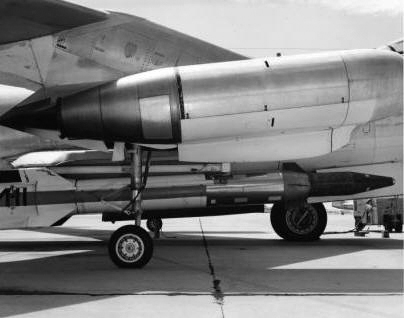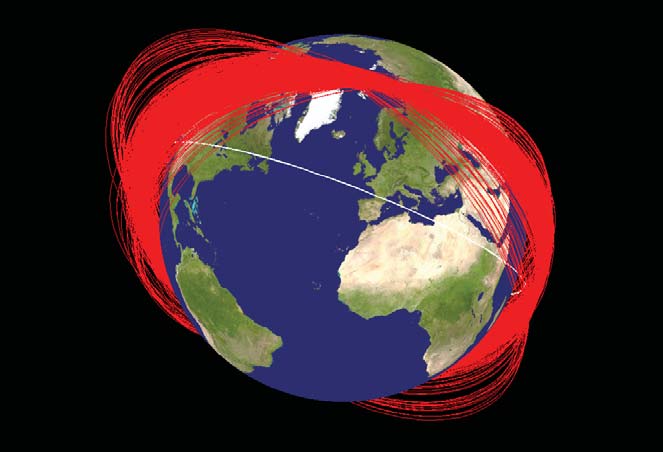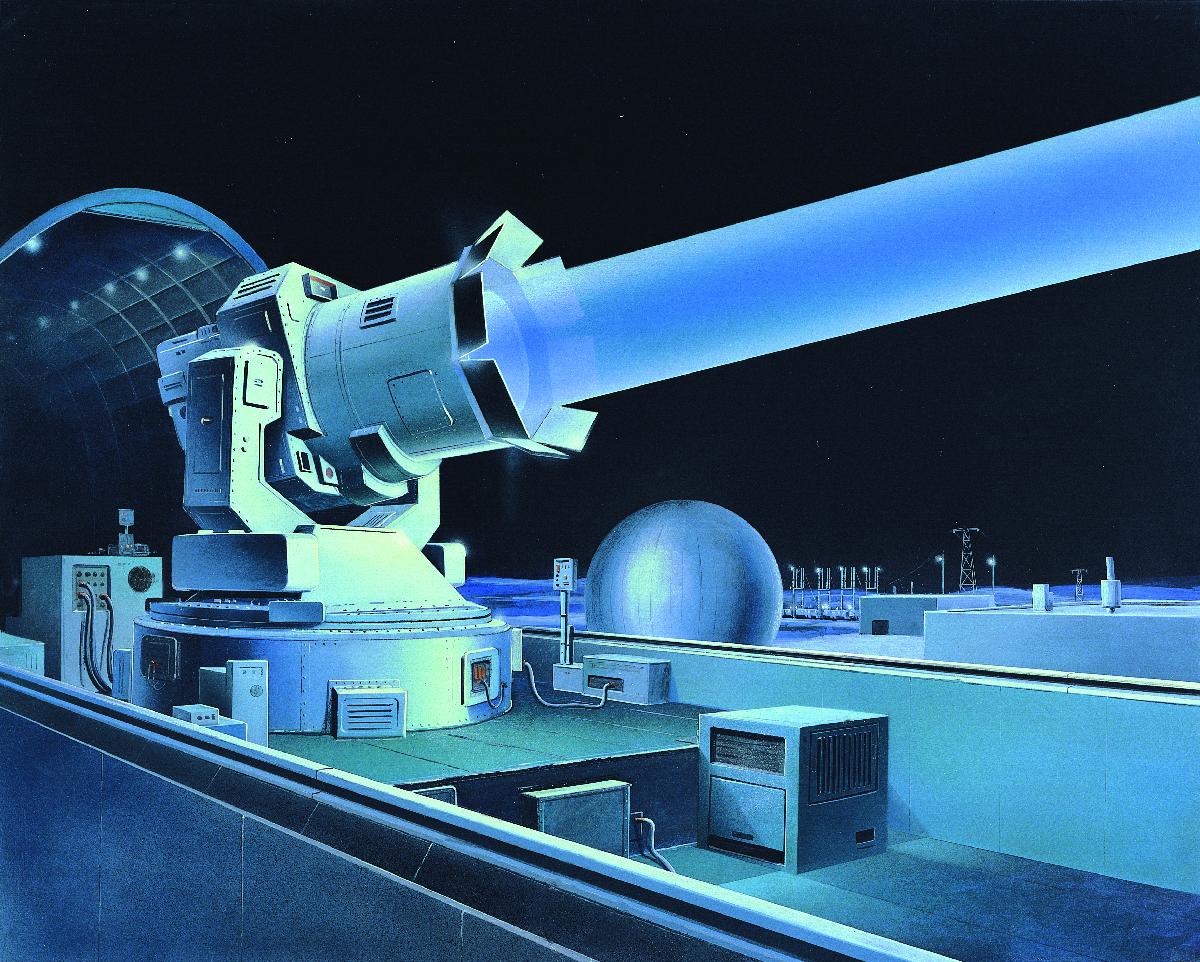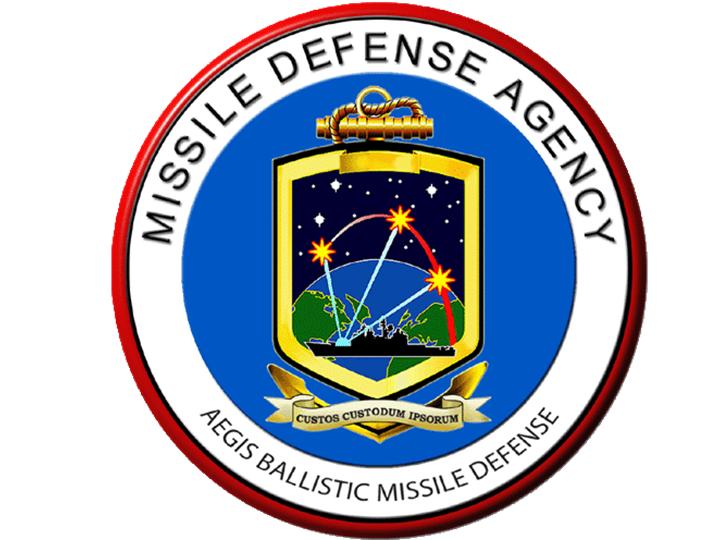|
Operation Burnt Frost
Operation Burnt Frost was a military operation to intercept and destroy non-functioning U.S. National Reconnaissance Office (NRO) satellite USA-193. The mission was described by the Missile Defense Agency as a "mission of safeguarding human life against the uncontrolled re-entry of a 5,000-pound satellite containing over 1,000 pounds of hazardous hydrazine propellant". The launch occurred on 20 February 2008 at approximately 10:26 p.m. EST from the , using a heavily modified Standard Missile-3 (SM-3) to shoot down the satellite. A few minutes after launch, the SM-3 intercepted its target and successfully completed its mission. The operation has received much scrutiny from other countries, mainly China and Russia. NRO Satellite USA-193, also known as NRO launch 21 (NROL-21 or simply L-21), was an American military reconnaissance satellite launched on December 14, 2006. The USA-193 was owned by the NRO and its precise function and purpose are classified. Several websites spec ... [...More Info...] [...Related Items...] OR: [Wikipedia] [Google] [Baidu] |
SM-3 Intercepting NROL-21-20080220
The RIM-161 Standard Missile 3 (SM-3) is a ship-based surface-to-air missile system used by the United States Navy to intercept short- and intermediate-range ballistic missiles as a part of Aegis Ballistic Missile Defense System. Although primarily designed as an anti-ballistic missile, the SM-3 has also been employed in an anti-satellite capacity against a satellite at the lower end of low Earth orbit.Pentagon news briefing of February 14, 2008video : although no name for the satellite is given, the launch date of December 14, 2006 is stated The SM-3 is primarily used and tested by the and also operated by the |
Apoapsis Of USA-193 Debris
An apsis (; ) is the farthest or nearest point in the orbit of a planetary body about its primary body. For example, the apsides of the Earth are called the aphelion and perihelion. General description There are two apsides in any elliptic orbit. The name for each apsis is created from the prefixes ''ap-'', ''apo-'' (), or ''peri-'' (), each referring to the farthest and closest point to the primary body the affixing necessary suffix that describes the primary body in the orbit. In this case, the suffix for Earth is ''-gee'', so the apsides' names are ''apogee'' and ''perigee''. For the Sun, its suffix is ''-helion'', so the names are ''aphelion'' and ''perihelion''. According to Newton's laws of motion, all periodic orbits are ellipses. The barycenter of the two bodies may lie well within the bigger body—e.g., the Earth–Moon barycenter is about 75% of the way from Earth's center to its surface. If, compared to the larger mass, the smaller mass is negligible (e.g., f ... [...More Info...] [...Related Items...] OR: [Wikipedia] [Google] [Baidu] |
21st-century Military History Of The United States
The 1st century was the century spanning AD 1 (Roman numerals, I) through AD 100 (Roman numerals, C) according to the Julian calendar. It is often written as the or to distinguish it from the 1st century BC (or BCE) which preceded it. The 1st century is considered part of the Classical era, epoch, or History by period, historical period. The 1st century also saw the Christianity in the 1st century, appearance of Christianity. During this period, Europe, North Africa and the Near East fell under increasing domination by the Roman Empire, which continued expanding, most notably conquering Britain under the emperor Claudius (AD 43). The reforms introduced by Augustus during his long reign stabilized the empire after the turmoil of the previous century's civil wars. Later in the century the Julio-Claudian dynasty, which had been founded by Augustus, came to an end with the suicide of Nero in AD 68. There followed the famous Year of Four Emperors, a brief period of civil war and inst ... [...More Info...] [...Related Items...] OR: [Wikipedia] [Google] [Baidu] |
Kessler Syndrome
The Kessler syndrome (also called the Kessler effect, collisional cascading, or ablation cascade), proposed by NASA scientist Donald J. Kessler in 1978, is a scenario in which the density of objects in low Earth orbit (LEO) due to space pollution is high enough that collisions between objects could cause a cascade in which each collision generates space debris that increases the likelihood of further collisions. In 2009 Kessler wrote that modeling results had concluded that the debris environment was already unstable, "such that any attempt to achieve a growth-free small debris environment by eliminating sources of past debris will likely fail because fragments from future collisions will be generated faster than atmospheric drag will remove them". One implication is that the distribution of debris in orbit could render space activities and the use of satellites in specific orbital ranges difficult for many generations. History NORAD, Gabbard and Kessler Willy Ley predict ... [...More Info...] [...Related Items...] OR: [Wikipedia] [Google] [Baidu] |
Militarisation Of Space
The militarization of space involves the placement and development of weaponry and military technology in outer space. The early exploration of space in the mid-20th century had, in part, a military motivation, as the United States and the Soviet Union used it as an opportunity to demonstrate ballistic-missile technology and other technologies having the potential for military application. Outer space has since been used as an operating location for military spacecraft such as imaging and communications satellites, and some ballistic missiles pass through outer space during their flight. , known deployments of weapons stationed in space include only the Almaz space-station armament and pistols such as the TP-82 Cosmonaut survival pistol (for post-landing, pre-recovery use). History The Cold War During the Cold War, the world's two great superpowers—the Soviet Union and the United States of America—spent large proportions of their GDP on developing military technologie ... [...More Info...] [...Related Items...] OR: [Wikipedia] [Google] [Baidu] |
Bold Orion
The Bold Orion missile, also known as Weapons System 199B (WS-199B), was a prototype air-launched ballistic missile (ALBM) developed by Martin Aircraft during the 1950s. Developed in both one- and two- stage designs, the missile was moderately successful in testing, and helped pave the way for development of the GAM-87 Skybolt ALBM. In addition, the Bold Orion was used in early anti-satellite weapons testing, performing the first interception of a satellite by a missile. Design and development The Bold Orion missile was developed as part of Weapons System 199, initiated by the United States Air Force (USAF) in response to the U.S. Navy's Polaris program, with funding authorised by the United States Congress in 1957.Yengst 2010, p.37. The purpose of WS-199 was the development of technology that would be used in new strategic weapons for the USAF's Strategic Air Command, not to deliver operational weapons; a primary emphasis was on proving the feasibility of an air-launched balli ... [...More Info...] [...Related Items...] OR: [Wikipedia] [Google] [Baidu] |
ASM-135 ASAT
The ASM-135 ASAT is an air-launched anti-satellite multistage missile that was developed by Ling-Temco-Vought's LTV Aerospace division. The ASM-135 was carried exclusively by United States Air Force (USAF) F-15 Eagle fighter aircraft. Development Starting in the late 1950s, the United States began development of anti-satellite weapons. The first US anti-satellite weapon was the Bold Orion Weapon System 199B (also the High Virgo missile, Weapon System 199C, attempted to conduct an ASAT test but failed to intercept its target; High Virgo's test was a few weeks before Bold Orion's). Like the ASM-135, the Bold Orion missile was air-launched, but in this case from a B-47 Stratojet. The Bold Orion was tested on 13 October 1959 against the Explorer 6 satellite.Edited By Bhupendra Jasani, ''Space Weapons and International Security'', A SIPRI Publication, Oxford University Press, 1987. The two-stage Bold Orion missile passed within of Explorer 6. From this distance, only a relatively ... [...More Info...] [...Related Items...] OR: [Wikipedia] [Google] [Baidu] |
United Nations Committee On The Peaceful Uses Of Outer Space
The United Nations Committee on the Peaceful Uses of Outer Space (COPUOS) is a United Nations committee whose main task is to review and foster international cooperation in the peaceful uses of outer space, as well as to consider legal issues arising from the exploration of outer space. The committee currently has 95 members who meet annually in Vienna, Austria at the Vienna International Centre in June. Additionally, the Scientific and Technical Subcommittee tends to meet in February, while the Legal Subcommittee usually meets in April. History The UN's interest in the peaceful uses of outer space was first expressed in 1957, soon after the launching of the first Sputnik. Its main concern was that space should be used for peaceful purposes and that the benefits from space activities be shared by all nations. Thus, on 13 December 1958, the General Assembly created an ''ad hoc'' Committee on the Peaceful Uses of Outer Space composed of 18 members who were tasked with reporti ... [...More Info...] [...Related Items...] OR: [Wikipedia] [Google] [Baidu] |
Space Race
The Space Race was a 20th-century competition between two Cold War rivals, the United States and the Soviet Union, to achieve superior spaceflight capability. It had its origins in the ballistic missile-based nuclear arms race between the two nations following World War II. The technological advantage demonstrated by spaceflight achievement was seen as necessary for national security, and became part of the symbolism and ideology of the time. The Space Race brought pioneering launches of artificial satellites, robotic space probes to the Moon, Venus, and Mars, and human spaceflight in low Earth orbit and ultimately to the Moon. Public interest in space travel originated in the 1951 publication of a Soviet youth magazine and was promptly picked up by US magazines. The competition began on July 30, 1955 when the United States announced its intent to launch artificial satellites for the International Geophysical Year. Four days later, the Soviet Union responded by decl ... [...More Info...] [...Related Items...] OR: [Wikipedia] [Google] [Baidu] |
2007 Chinese Anti-satellite Missile Test
On 11 January 2007, China conducted an anti-satellite missile test. A Chinese weather satellite—the FY-1C (COSPAR 1999-025A) polar orbit satellite of the Fengyun series, at an altitude of , with a mass of —was destroyed by a kinetic kill vehicle traveling with a speed of in the opposite direction (see '' Head-on engagement''). It was launched with a multistage solid-fuel missile from Xichang Satellite Launch Center or nearby. ''Aviation Week & Space Technology'' magazine first reported the test on 17 January 2007. The report was confirmed on 18 January 2007 by a United States National Security Council (NSC) spokesperson.BBC News (2007)Concern over China's missile test Retrieved January 20, 2007. The Chinese government did not publicly acknowledge that the test had occurred until 23 January 2007 when the Chinese Foreign Ministry issued a statement confirming the test. China claims it formally notified the U.S., Japan and other countries about the test in advance. It was th ... [...More Info...] [...Related Items...] OR: [Wikipedia] [Google] [Baidu] |
Anti-satellite Weapon
Anti-satellite weapons (ASAT) are space weapons designed to incapacitate or destroy satellites for strategic or tactical purposes. Several nations possess operational ASAT systems. Although no ASAT system has been utilised in warfare, a few countries ( China, India, Russia, United Kingdom and the United States) have successfully shot down their own satellites to demonstrate their ASAT capabilities in a show of force. ASATs have also been used to remove decommissioned satellites. ASAT roles include: defensive measures against an adversary's space-based and nuclear weapons, a force multiplier for a nuclear first strike, a countermeasure against an adversary's anti-ballistic missile defence (ABM), an asymmetric counter to a technologically superior adversary, and a counter-value weapon. Use of ASATs generates space debris, which can collide with other satellites and generate more space debris. A cascading multiplication of space debris could cause Earth to suffer from ... [...More Info...] [...Related Items...] OR: [Wikipedia] [Google] [Baidu] |
Aegis Ballistic Missile Defense
The Aegis Ballistic Missile Defense System (Aegis BMD or ABMD), also known as ''Sea-Based Midcourse'', is a United States Department of Defense Missile Defense Agency program developed to provide missile defense against short to intermediate-range ballistic missiles. The program is part of the United States national missile defense strategy and European NATO missile defence system. Aegis BMD is an expansion of the Aegis Combat System deployed on warships, designed to intercept ballistic missiles in post-boost phase and prior to reentry. Aegis BMD-equipped vessels can engage potential threats using the Standard Missile 3 mid-course interceptors and the Standard Missile 2 and Standard Missile 6 terminal-phase interceptors.Aegis BMD web page , |

_SM-3_start.jpg)
.png)


.png)





